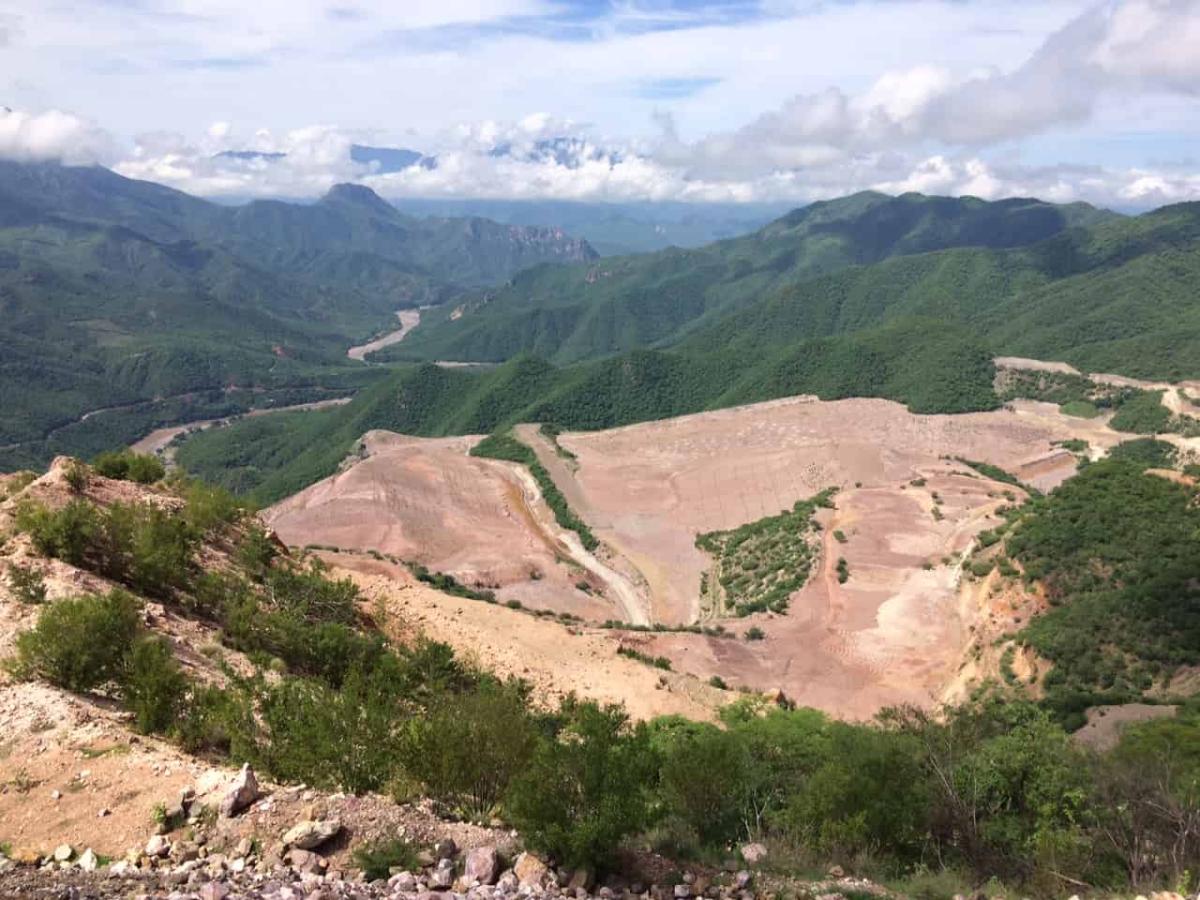Land Remediation Restores Soil Conditions at El Sauzal

Land management practices in the mining process can take an environmental toll on the soil around a mine site. Tillage, stripping and removal of native vegetation can alter the living and nutrient conditions of soil organisms, and result in a degradation of their microenvironments, particularly with a reduction of soil biotics, both in biomass and diversity.
With no organisms to decompose soil organic matter and bind soil particles, the soil structure can easily be damaged by rain, wind and sun. This can lead to rainwater run-off, lack of water infiltration and ultimately soil erosion, removing the potential food for organisms – the organic matter of the topsoil. Yet proven successful remediation techniques utilized by experienced erosion control specialists can restore the land back to the original state before mining operations commenced.
Such was the case at Goldcorp’s El Sauzal mine, located in the municipality of Urique Chihuahua, Mexico.
The El Sauzal mine’s active life ended in 2014. After its closure, environmental restoration of 269 hectares that had been the site of open-pit gold extraction began.
From May to August 2016, a variety of erosion control techniques were used, including the installation of 6,000 linear metres of control wattles and soil conservation, and 20,000 metres of coconut erosion control blankets on steep slopes.
A plant nursery was also established onsite. Following the soil stabilization, 68 hectares were reforested with more than 60,000 native plants. Native grasses were dispersed by hand on steep embankments ranging from 1:2 and 1:3 and on parts of the mine that were inaccessible by vehicles or equipment.
Daily rain posed a new set of challenges to the stabilization of the slopes around the site. Soil tests yielded concerning reports, including organic matter of less than 0.8%; nearly no sign of plant nutrients; rocky soil composition; and a pH range from 3 to 5. The soil structure’s lack of ability to compact or stabilize led to concerns of sheet erosion into the constructed waterways.
The soil and slope challenges were stabilized through the application of 13.56 hectares of hydroseeding, performed using a 550-gallon machine with extended hoses of up to 400 feet. A smaller machine was used to gain access to hard-to-reach terrain. In addition, a hydroseed mulch – a combination of wheat straw fibres with cross-linked high strength polymer binders – addressed the biological, chemical, and physical requirements for stabilizing and restoring vegetation on disturbed soil sites as well as controlling erosion during vegetation establishment. The porous matrix of the wheat straw encouraged water infiltration, enabling the new seedlings to easily pass through the matrix.
One additional key aspect was partnership with the Ejido (a community that has joint ownership of a piece of land, lives on the land, and practices joint agriculture on it) with an agreement to protect the land from new human settlements, deforestation and cattle activities, to allow the revegetation to establish and thrive. Another driving factor in the success of the project has been the involvement and support of the local community surrounding the mine, some of whom were hired to help with the project.
A stable vegetation coverage, particularly of grass species, has now begun to strengthen and extend at El Sauzal, covering most of the affected areas and re-establishing the site’s previous environment. Despite the challenges, the project has proven to be successful, meeting government regulatory requirements for the reforestation of the project areas. More revegetation campaigns will continue, to ensure the vegetation continues to establish in other disturbed areas.
